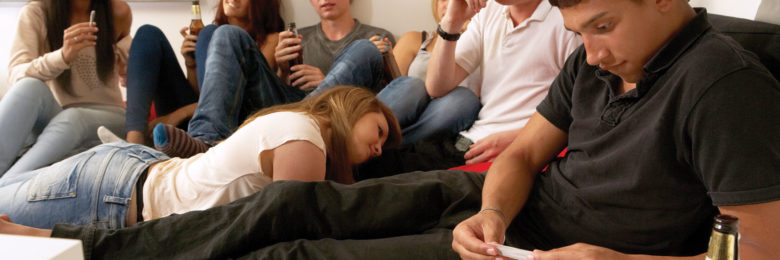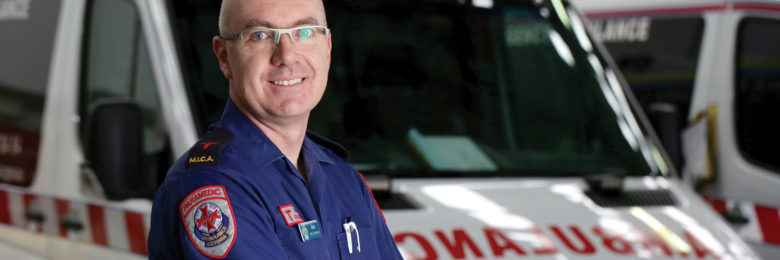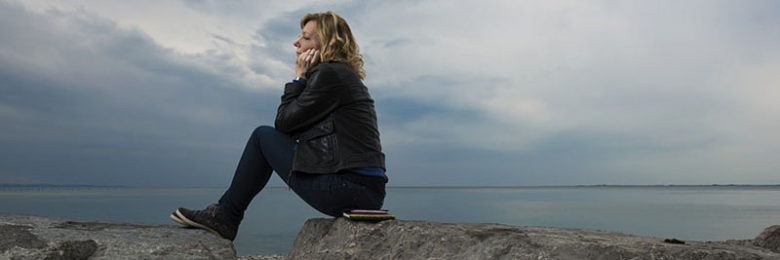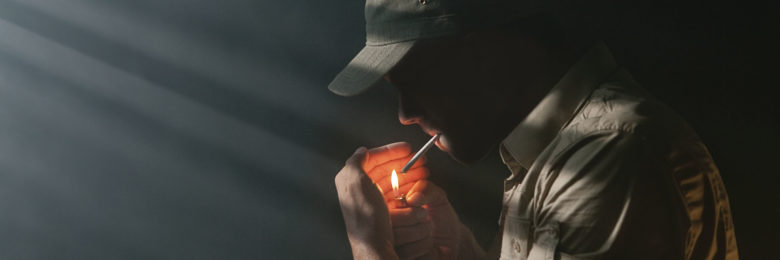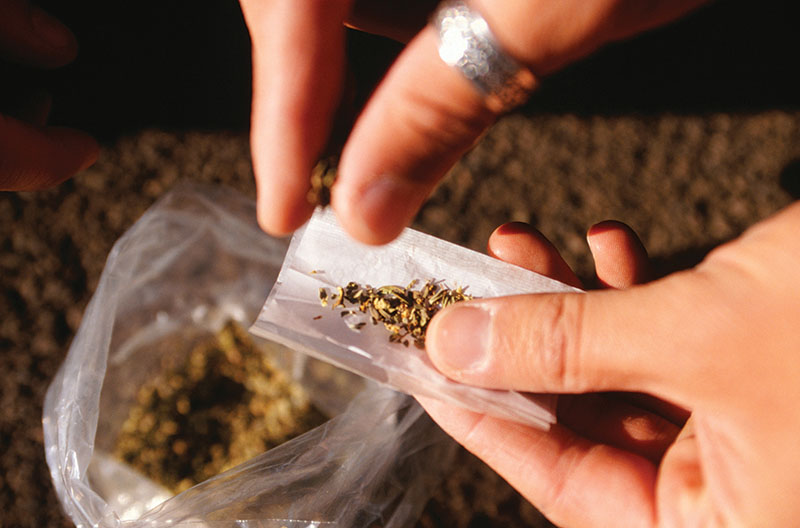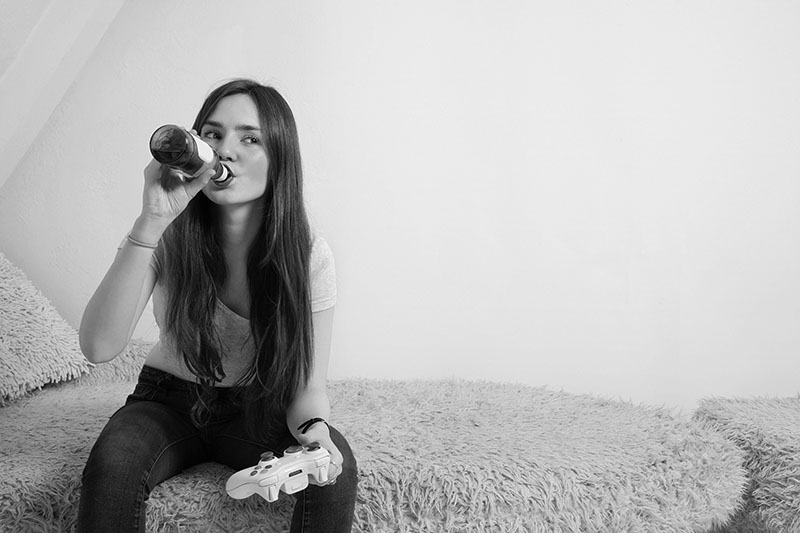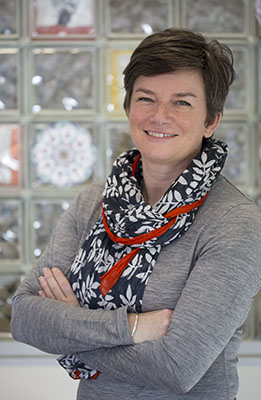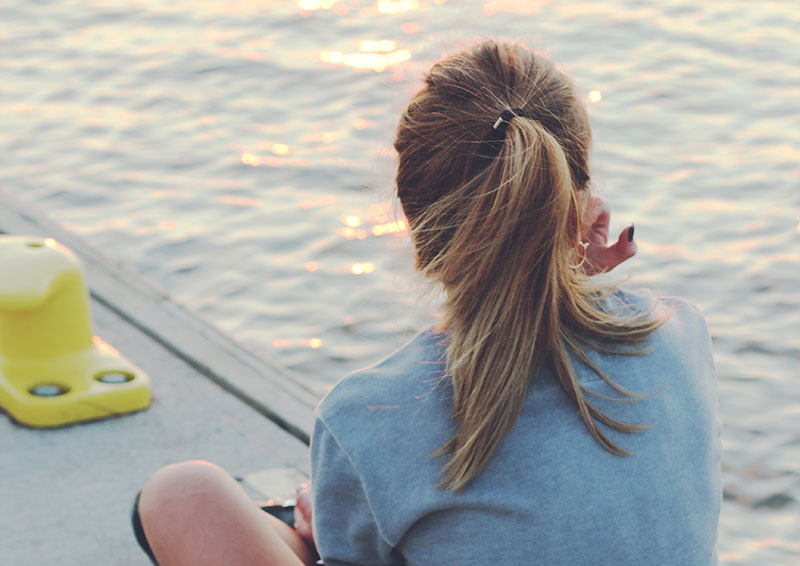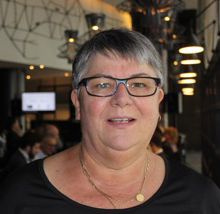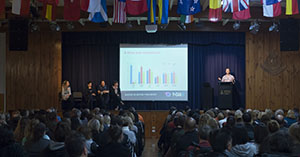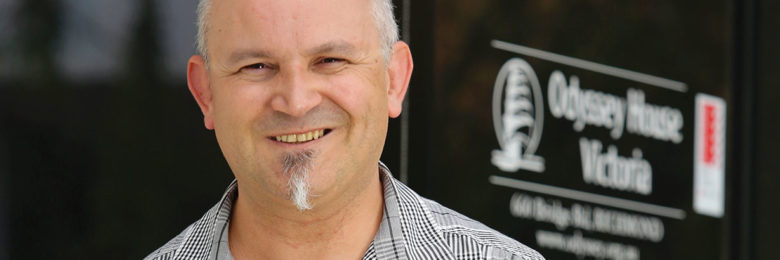
Rene de Sant’Anna – Odyssey House
My core business is working with young people who are using substances and helping them to cut down or get off those substances. I’ve been working in this field for 22 years and the main substances kids use are the same – alcohol and cannabis. They may hav tried LSD, mushrooms, eccies (ecstasy) or cocaine, but their staple drug is usually cannabis or alcohol. Usually their parents refer them to me, and a young person is reluctant because they don’t see a problem – then we need to get that young person to a point where they also see their substance use is a problem.
People use drugs because they change the way they feel. The first time a young person uses they’ll have positive feelings and then they come back down to normal. So they use that drug again and then again because it feels good. Then something happens that wouldn’t have happened if they weren’t under the influence of that substance. Maybe a child misses school because they’re going to a friend’s house to smoke or drink, or they’re out late and the police bring them home, or they drink too much in the park, throw up and need an ambulance, or they can’t be bothered to go to football or netball. Read more



